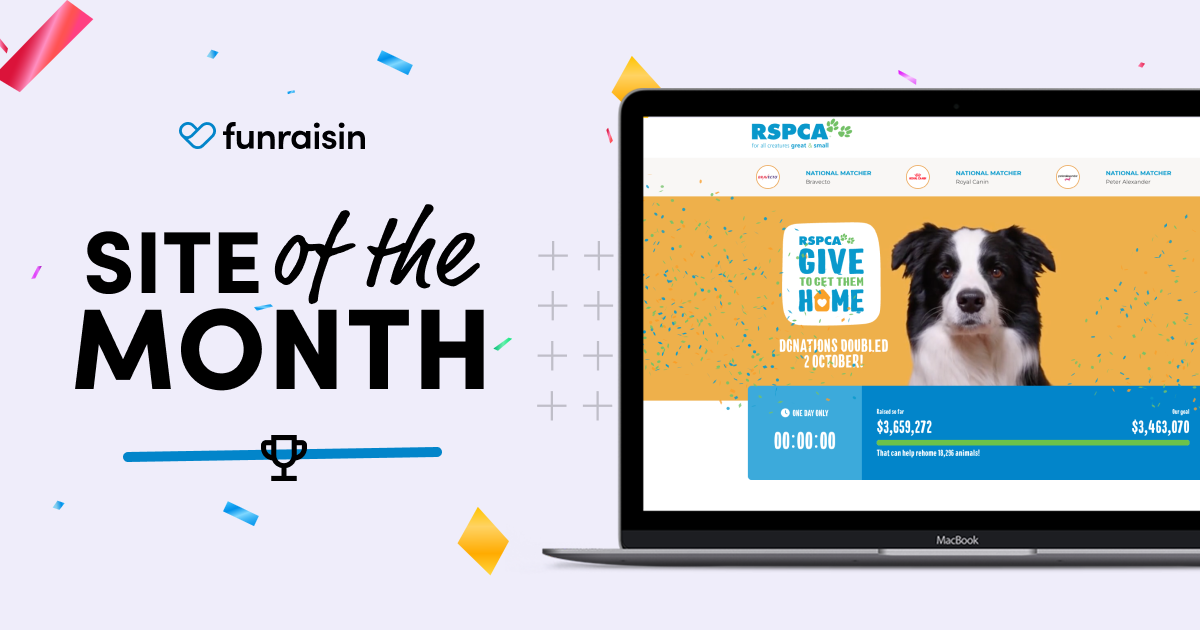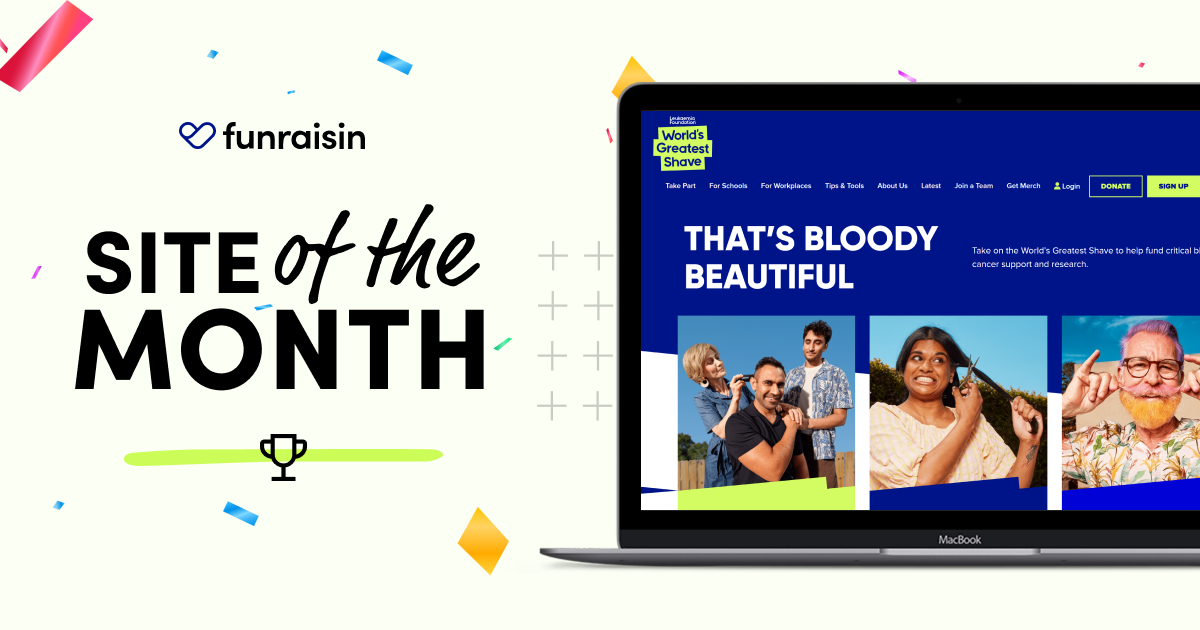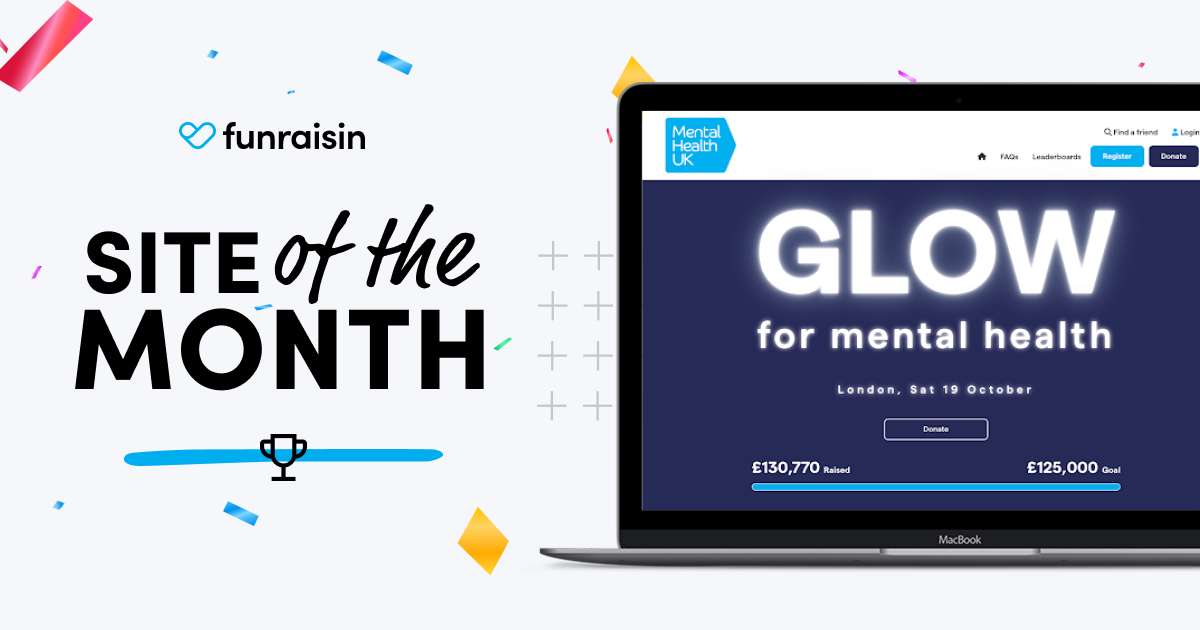It was Funraisin’s second year at #IFCHolland after our offices opened in the UK and Europe one year ago. It’s a brilliant conference with trends and insights from Central and Eastern Europe, East Africa, South Africa and Asian markets, as well as Europe and North America.
With time to digest the content, what are our key takeaways from sessions jam-packed with information?
#Neurofundraising
Calling all lovers of science and fundraising! Neurofundraising with Geoffrey Peters was a call to demystify fundraising by applying research-backed methods proven to raise more. His recommendations:
- People look at pictures of people so invest in your images, and use them often. In every user test, people look at images for longest, before your content, stats and quotes.
- What looks nicer - £25 or 25? If you’re a donor, it’s the latter. Research shows that people pay more if there is no currency icon. Many restaurants already do this.
- Pictures of dogs lead to increased donations for people who like dogs - even if your campaign or charity is not about dogs. The same is not true for cats. (Waits for Twitter to implode...)
- Add hidden cues in your creative with how much you want people to donate. These could be:
- An image with a person looking or pointing towards your dollar handle
- A birthday balloon with your dollar handle amount
- A picture on the wall with the dollar handle you most want people to use
This works because we subconsciously process even background information. A subtle video clip with a balloon saying ‘45’ floating around primes donors to donate that even when presented with multiple donation options.
- Finally, we’re all influenced by the behaviour of other humans. Show someone making a regular donation on your donation page to nudge them towards doing so too.
#IWITOT (I Wish I’d Thought Of That)
If you’re attending the IFC for the first time, this is the session to go to. It lists ten of the most inspiring campaigns from every corner of the globe. My takeaways:
- Beate Sørum highlighted the importance of deepening engagement with donors prior to asking for donations. In an AB test, before donating people were first presented with a story. After this, they were asked a) if they liked a story or b) if this kind of reporting mattered. Posing these questions before asking for a donation increased donations by 3 and 7% respectively.
- Nomfundo Dlangisa took us through the South African campaign My School, My Village, My Planet. Corporations sign up to donate a percentage of their sales, enabling people to make donations for free. This simple genius has resulted in 1.2 million South Africans signed up and generates an income of £210,000 / month for 10,000 beneficiaries.
- Good Neighbours in South Korea inspired 7,391 new, millennial donors through a campaign to end period poverty. Donors sent high quality period packs to people unable to afford sanitary products. The campaign was deliberately fun, with influencers involved - presenter Borie Yi Han challenged us ‘Don’t be afraid to be trendy’. The strategy is clearly working, as the organisation now has more than 1M supporters and 180M annual income.
- Finally, a masterclass in creative media and connecting your cause to your messaging. Sick Kids in Canada created a video that’s approaching 1M views on YouTube for a campaign to raise one billion. It speaks for itself - so reward yourself for reading this article and watch it here.
If you’d like more insights from the conference or to chat to us directly, we’d love to chat. Please get in touch here.








